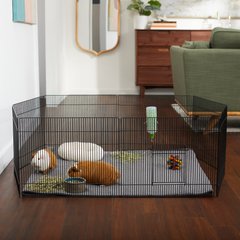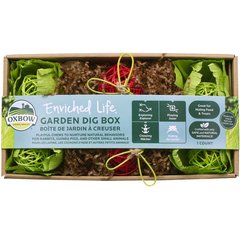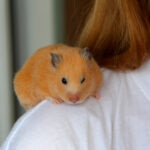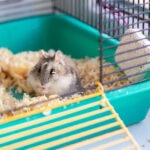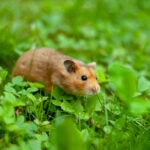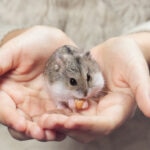Are Hamster Balls Safe? What to Know for Your Pet
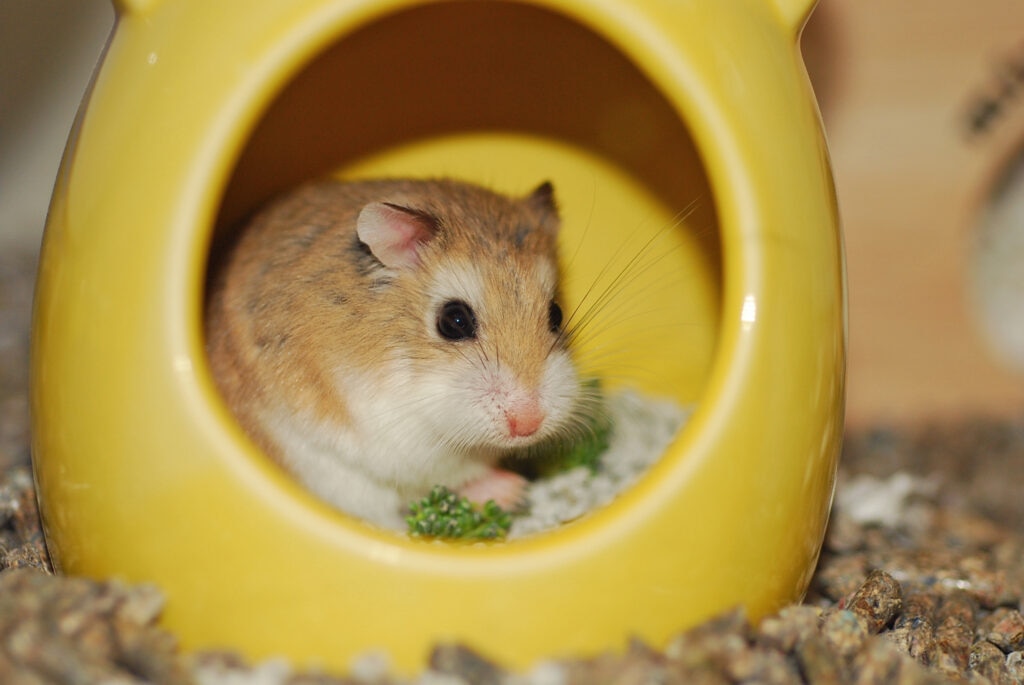
Photo by Seattle Roll / iStock / Getty Images Plus
Hamster balls may seem like an exciting, engaging toy for your small pet, but they’re actually not all fun and games. In fact, they can be downright dangerous for your furry friend.
“While they have historically been marketed as a way for hamsters to explore safely, many animal welfare experts and rescue organizations do not consider them safe or appropriate,” says Miranda Baker, the hamster program coordinator at Small Angels Rescue, based in Monrovia, Maryland.
How Does a Hamster Ball Work?
Made of translucent plastic, hamster balls are hollow spheres available in a variety of sizes. When placed inside, the hamster (or other small rodent) can roll around their home or yard.
Hamster balls let your pet exercise and spend time outside of their cage, without the danger of escaping. However, they pose some alarming risks.
Are Hamster Balls Safe?
“Hamster balls may look like a fun way for a pet to exercise, but they come with a lot of risks and not much benefit,” says Dr. Georgina Ushi, DVM, a veterinarian in Tampa Bay, Florida. “Most hamsters find them confusing or stressful, and they can’t really control where they’re going.”
There are quite a few reasons why a hamster ball might pose a safety risk to your pet.
Poor Ventilation
Many hamster balls have poor ventilation, which can lead to overheating.
Restriction of Senses
Inside the ball, hamsters can’t use their natural senses. “Hamsters have terrible eyesight. They rely heavily on their sense of smell and touch, and a plastic ball blocks both,” says Ushi.
Paw Injuries
Even the smallest ridges, divots, or air holes in a hamster ball can be dangerous to little paws, especially when the ball is moving quickly. “Hamster paws are tiny, and it’s not uncommon for toes or feet to get trapped and injured,” says Ushi.
Lack of Control
When in motion, a hamster ball is essentially a projectile. “Once it picks up momentum, the hamster may not be able to stop or control it,” says Ushi. “They just end up bashing into furniture and walls, becoming totally disoriented.”
Stress and Anxiety
“Most hamsters don’t understand what’s happening in the ball. It’s not like they’re out exploring—they’re unable to control their direction or pace, without any of the sensory cues they rely on to feel safe,” says Ushi. “Instead of enrichment, hamster balls usually cause stress.”
Are Hamster Balls Ever OK?
While you may have fond memories of your childhood hamster running around in a ball, it’s best to leave the toy in the past.
“While they were super popular for a long time, more and more of us in the veterinary and exotic pet world are advising against them,” says Dr. Ushi.
What Are Other Ways for My Hamster to Exercise?
The good news? It’s easy to provide your hamster with a safe, engaging environment.
“True enrichment involves giving animals choices and environments that mimic natural behaviors—something a hamster ball does not offer,” says Baker.
Every hamster should have the following enrichment opportunities, Baker says:
- A spacious enclosure: “Hamsters are naturally active and benefit from large enclosures filled with enrichment options,” says Baker. At a minimum, she suggests 450 to 600 square inches of continuous floor space.
- Dig boxes or deep bedding: Add 6-plus inches of bedding material to allow your hamster room to burrow, a natural instinct.
- Tunnels and hamster chew toys: Tunnels and chew toys should be made of wood, cardboard, or paper. (Plastic and metal toys should be avoided, as they can cause intestinal blockages if ingested.)
- Foraging opportunities: Scatter food or hide treats in paper rolls to encourage your hamster to “hunt” for their food.
Additionally, your hamster needs plenty of supervised time outside the cage, which is “so much healthier and more fun for your hamster than being stuck inside a plastic ball,” says Dr. Ushi.
Let them free-roam in a hamster-proofed room or inside a secure small-animal playpen, making sure there are no holes or furniture they can get stuck behind, recommends Ushi. “Add a few tunnels and some scatter-fed food to create a little hamster paradise,” she suggests.
Recommended Products
FAQs About Hamster Balls
Q: Are hamster balls good for hamsters?
A: Hamster balls are not recommended for hamsters or other small pets. They can cause paw injuries, collision injuries, overheating, and stress. Try other forms of enrichment and exercise, like dig boxes, wooden tunnels, and supervised time outside the cage.
Q: What’s a good alternative to a hamster ball?
A: Supervised time outside the cage in a playpen is a good alternative to a hamster ball. Additionally, make sure your hamster has a spacious cage, chew toys, tunnels, and foraging and burrowing opportunities.
Attributions
This content was medically reviewed by Teresa Manucy, DVM, Chewy veterinarian.
